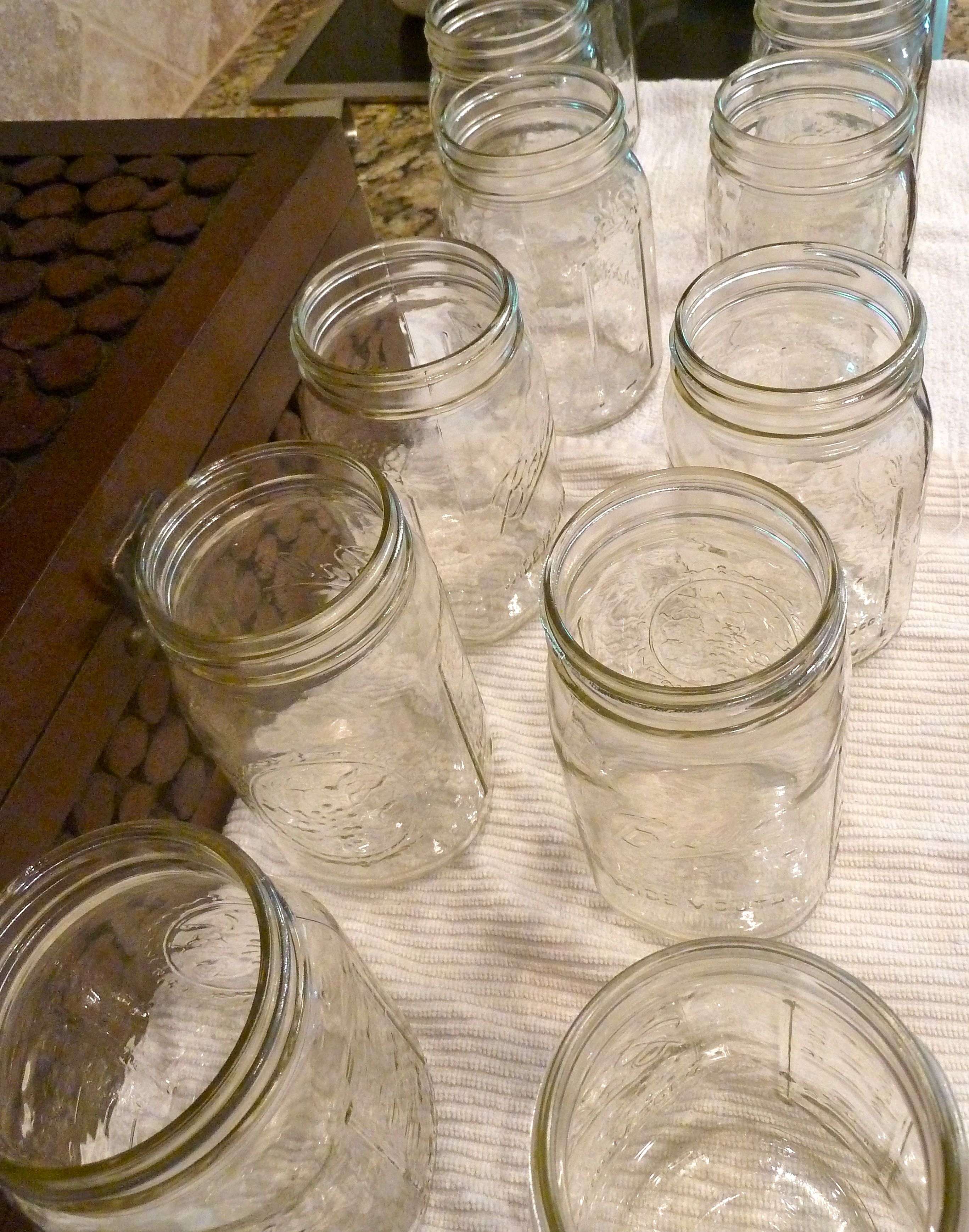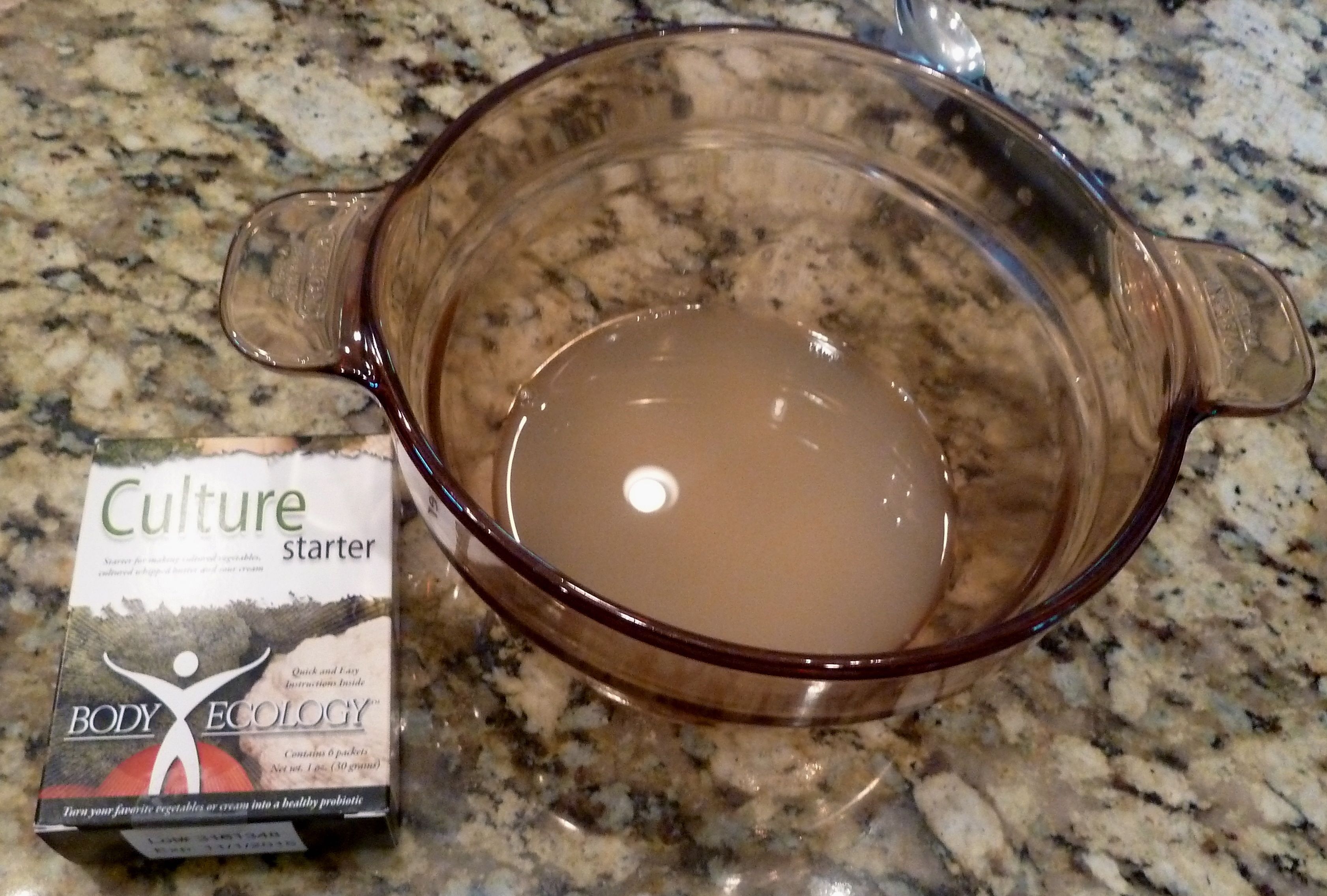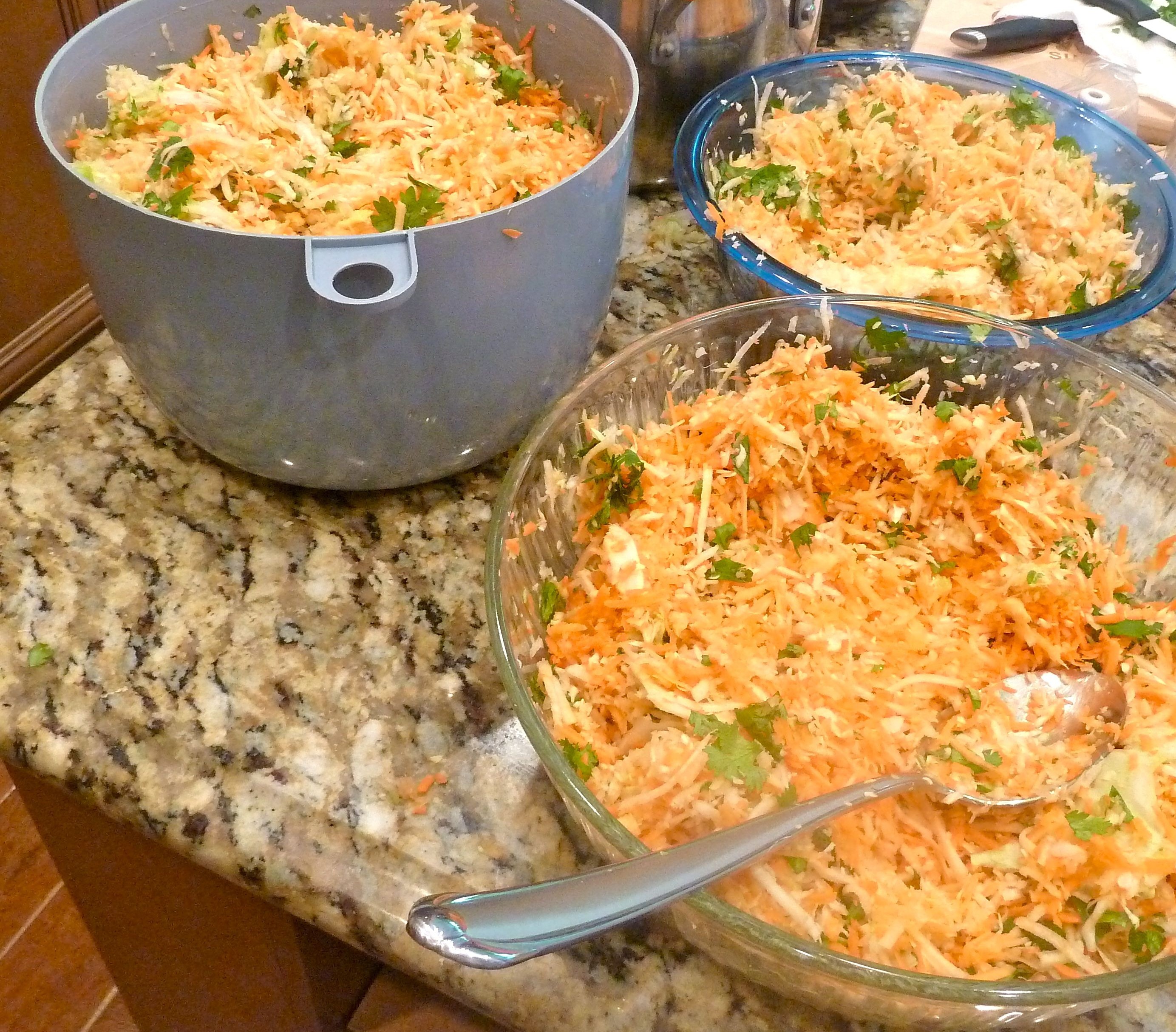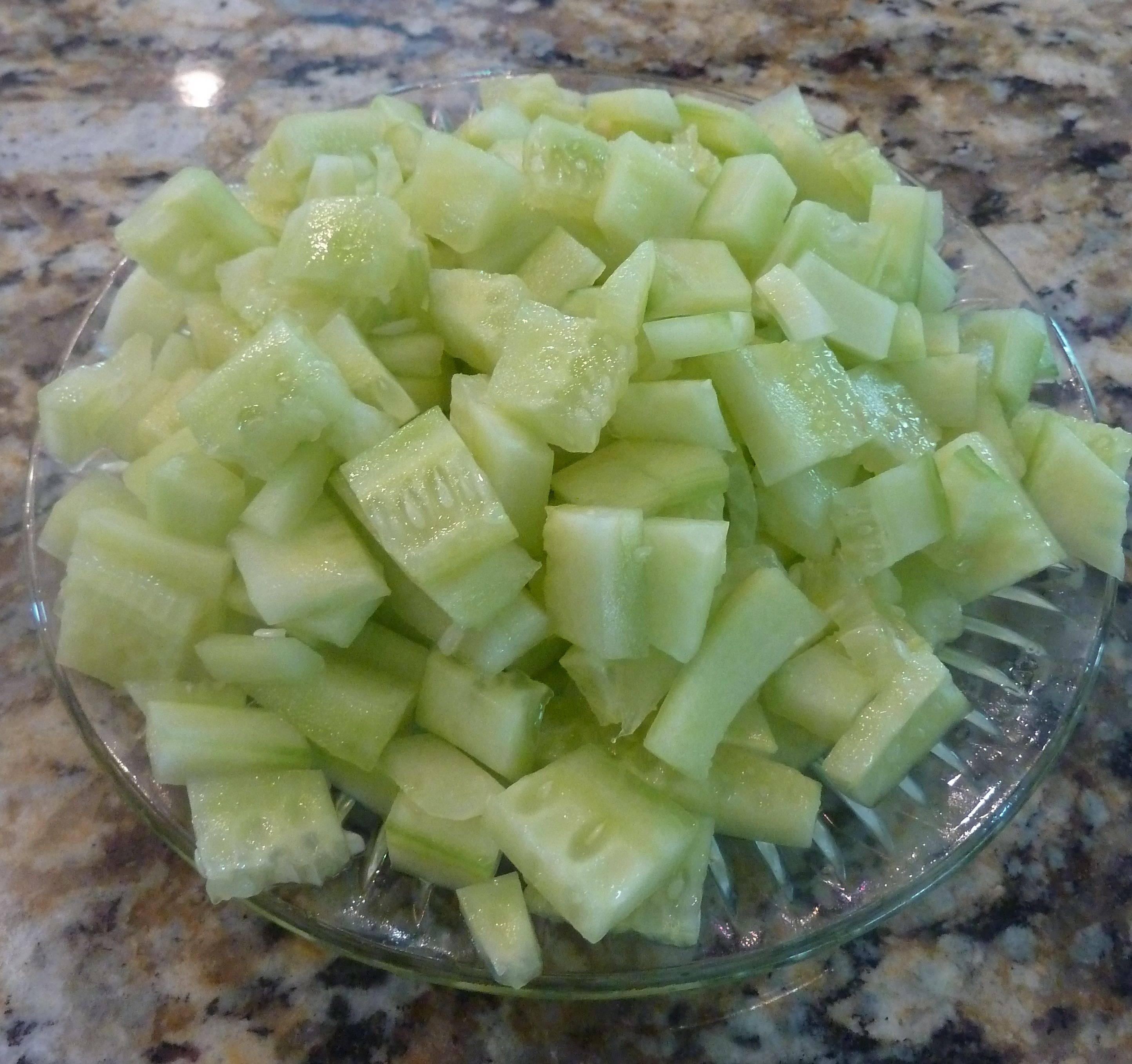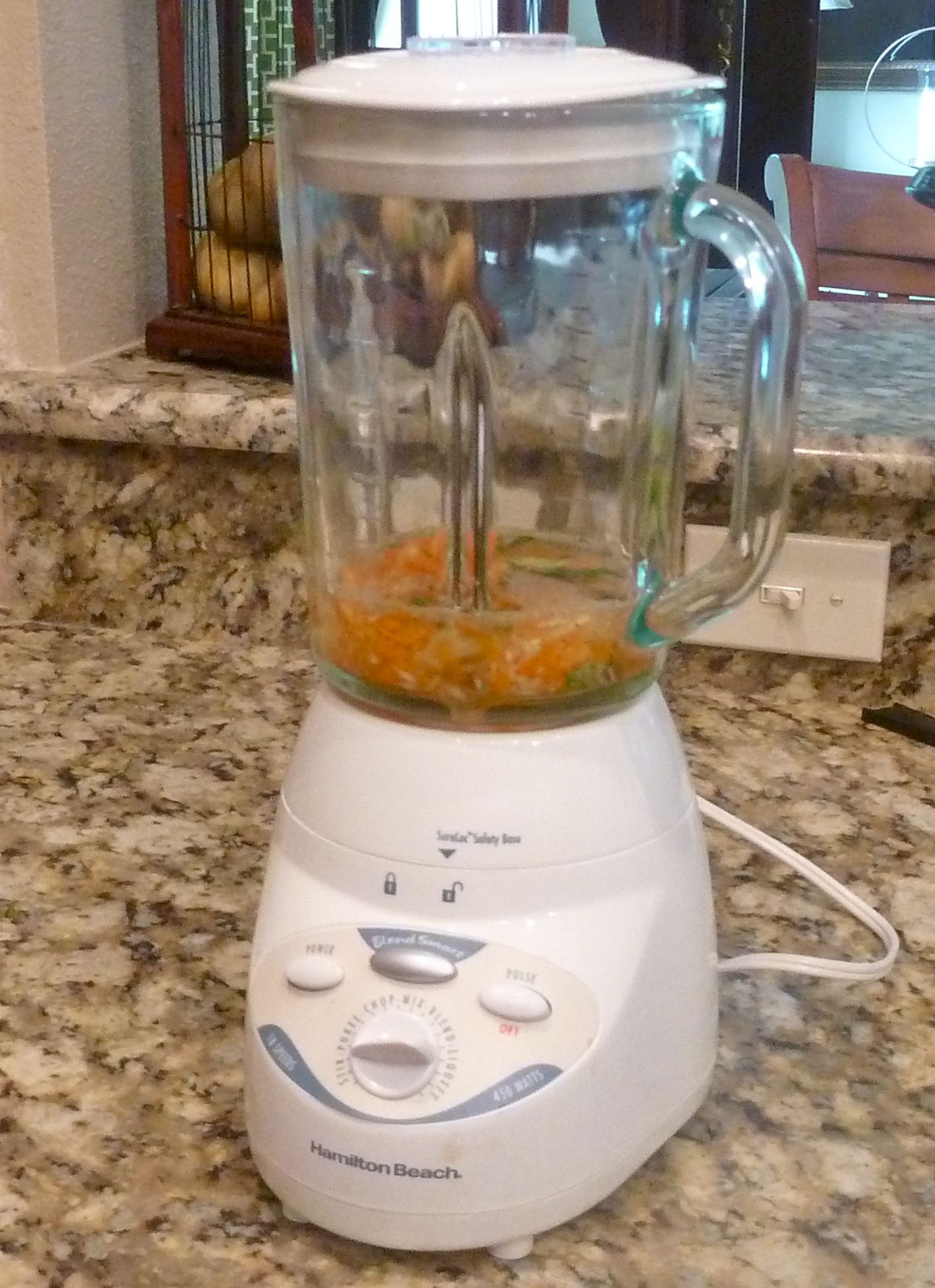
Are you looking for a gluten-free, casein free, comfort food recipe? How about chicken pot pie? Creamy gravy…a golden, crisp crust…tender, flavorful vegetables. Yum, it just doesn’t get much better than chicken pot pie! And just because it is gluten and casein free doesn’t mean it’s not as delicious or as good as mom used to make.
Ingredients
1 lb organic chicken breasts (shredded or cut into bite sized pieces)
1 carrot, peeled and diced
1 yellow onion, peeled and diced
4 cups chopped kale or collard greens (stems removed)
1 large celery stalk, diced
½ cup chopped broccoli
4 tablespoons coconut oil
3 cups chicken stock (if not homemade, check ingredients of stock to make sure it is GF/CF)
1 tablespoon parsley
1 tablespoon fresh thyme, chopped
2 tablespoons arrowroot powder
3 tablespoons water or cooked liquid from pot
Salt and Pepper to taste
Crust
1 cup almond flour
1 teaspoon baking powder
1 teaspoon celtic salt
1 teaspoon baking powder
3 eggs
½ cup coconut oil (or butter if you do not have issues with casein)
Directions
Preheat oven to 400F.
In a large pot with a lid, heat 2 tablespoons coconut oil over medium-high heat. Once the oil is heated, add the chicken breasts. Brown the chicken, 8 to 10 minutes per side (until it is no longer pink in center). Remove the chicken from the pot and set aside.
Add the remaining 2 tablespoons of coconut oil and vegetables to your pot. Stir the vegetables around until the onions start to turn translucent, about 5 minutes.
Add the chicken stock and bring the liquid to a simmer. Simmer vegetables for 5 minutes.
Shred the chicken and add it to the pot.
In a small bowl whisk together the arrowroot powder with 3 tablespoons of water or 3 tablespoons liquid from the pot. When the arrowroot is mixed well (no clumps), add the mixture to the pot.
Stir the vegetable mixture until the broth thickens.
Remove from the heat and transfer to a Pyrex of Stoneware baking dish.
Crust Topping
Soften coconut oil (or butter if recipe does not need to be casein free) and add it to your mixer bowl with the almond flour, salt and baking powder.
Mix together until all the ingredients are evenly combined. (I use my BlendTec Blender for this; you can also just stir with a fork if you do not have a mixer).
Add the eggs and mix well.
If you make this ahead of time, keep refrigerated until ready to bake.
Top your veggie mixture with the dough.
Bake at 400 F for 15 minutes, or until the top is golden brown.
Enjoy!
Jenna











